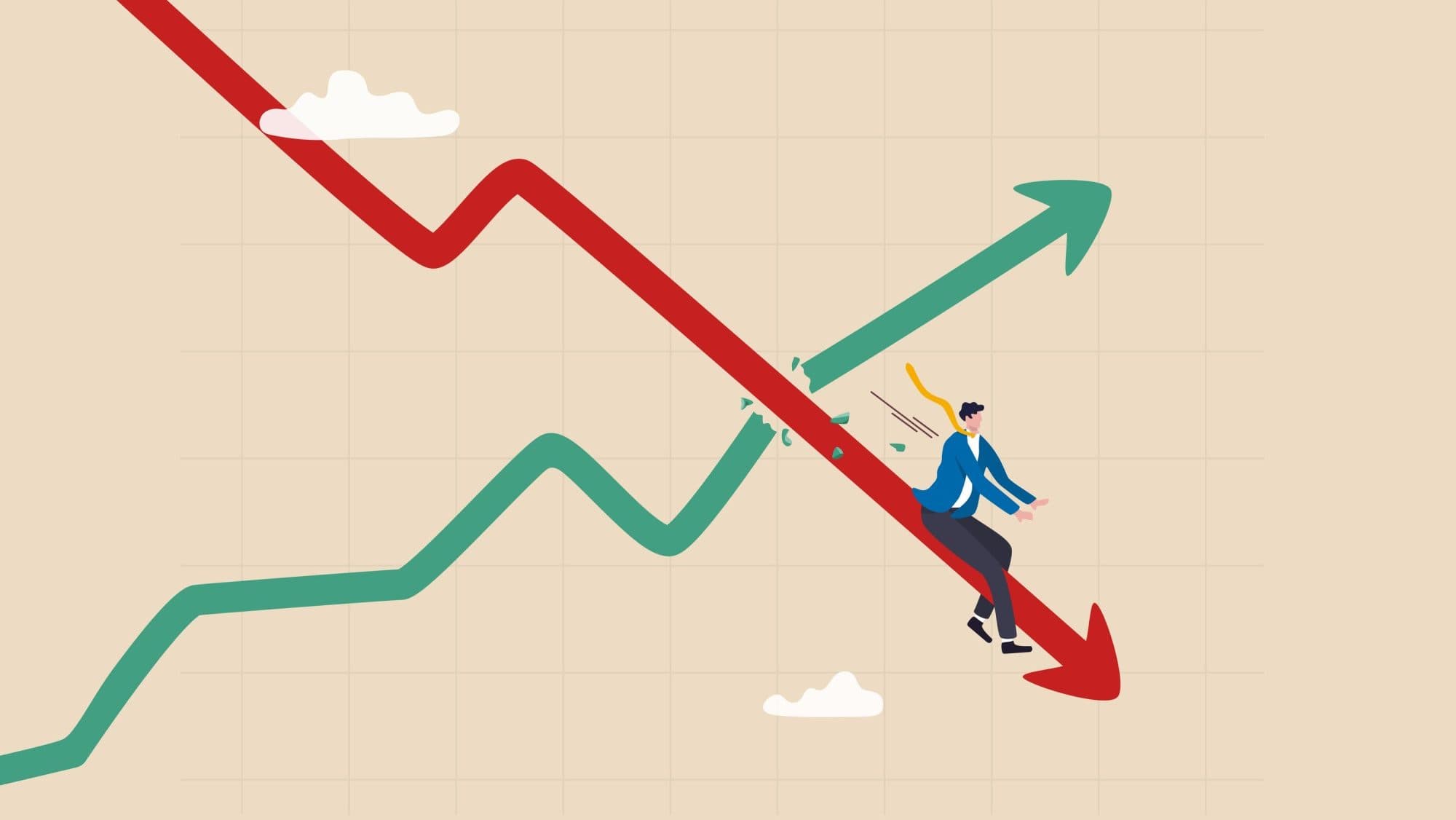Leah Daniels from JobSync got me thinking about cross-referencing CandE Benchmark data analyses with data from the Bureau of Labor Statistics and other outside resources to see what relationships and correlations exist. Leah and I do a podcast together called The Talent Sync, where we talk about talent acquisition and more. We’ll have a future podcast coming out soon that expands our take on centralized versus decentralized recruiting structures.
It’s not that I haven’t thought about it before. For years, we’ve compared what we see in our annual candidate experience benchmark research with what else is happening in the job market and the economy. Since January of 2023, we’ve conducted monthly CandE Pulse surveys asking recruiting leaders and their teams what’s going on in their hiring worlds, and then include the monthly BLS jobs report highlights, current inflation rates, and more. The last one we did in June of this year is here. Our July one will be out soon.
We’re closing in on two million global candidate responses and have worked with over 2,000 employers during the past 13 years, which is a lot for us. We were a small non-profit for much of that tenure until we merged with ERE Media at the end of 2023. It’s only been in the past few years that we’ve dug deeper into our data, and we do find interesting new trends and relationships with what’s happening in the world of recruiting and hiring.
One thing we haven’t done until now is to see if there is a correlation between unemployment rates around the world by country and candidate resentment. As we measure it, candidate resentment is the percentage of candidates who said they had a poor candidate experience and are no longer willing to engage with those businesses and brands they had applied to. They won’t apply again, refer others, or be a paying customer to consumer-based employers. We also wanted to see if there is a correlation between resentment rates and candidates’ unwillingness to refer others.
We were pretty confident about our hypothesis on the latter based on all the work we’ve done over the years. Our hypothesis about the correlation between unemployment and candidate resentment was that, yes, higher unemployment would lead to greater candidate resentment because fewer available jobs and more candidates were clamoring to get those jobs. We looked at data from 38 countries, including the U.S. (see sample of them in the table below). Some of the countries had much smaller samples of CandE data, but they’re still sound samples across all 38.
Referral, Resentment, and Unemployment Rates By Country

The scatterplot and correlation coefficient calculation for resentment driving down referrals was moderately strong at -.72 (see figure below). You can see that the data is mostly in a straight-line pattern going down. Time and again in our data, candidate resentment and negative sentiment overall always decreases potential positive business impacts.
Negative Linear Relationship: Resentment and Referrals
However, when it came to running the scatterplot and correlation coefficient calculation for unemployment rates and resentment rates around the world by country, there really was no relationship (see figure below). There is no linear pattern up or down, no correlation at all, with the correlation coefficient calculation coming in at .17. Just a bunch of dots everywhere. Unemployment did not increase resentment as we thought it might, even with fewer available jobs and more candidates clamoring to get those jobs.
No Correlation: Unemployment and Resentment
So, how does unemployment impact recruiting sentiment and the candidate experience? And if it does, to what extent? We’re going to continue to compare BLS and other external hiring data to see what aligns with what we’ve been stating for years: if candidates feel they had a positive and fair recruiting experience, then they’re more likely to continue engaging businesses and their brands. As we’ve written before, these are the ultimate outcomes of candidate experience: positive and fair experiences.
Many variables impact a single candidate’s perception of fairness, especially when they don’t get the job, which is usually negated with a halo-effect outcome when they do. There are also many geospatial (localized) differences. We do not have a lot of detailed CandE data on the country that impacts the perception of fairness and positive or negative sentiment and what role unemployment plays in relation to these, if any, in various countries around the world. From the decline of remote work in the U.S. to the dual education system in Germany that promotes apprenticeships to a greater emphasis on language skills and cultural fit in Japan to the concentrated tech hubs in India, to government policies and initiatives impacting localized hiring in China, and a myriad of others.
This is our first look at the relationships between unemployment and candidate experience. There is much to analyze and assess from multiple data sets and perspectives, including how the underemployed compare to our CandE data and so much more. But for now, it’s clear that higher unemployment does not drive candidate resentment. Poor candidate journeys do, however.
